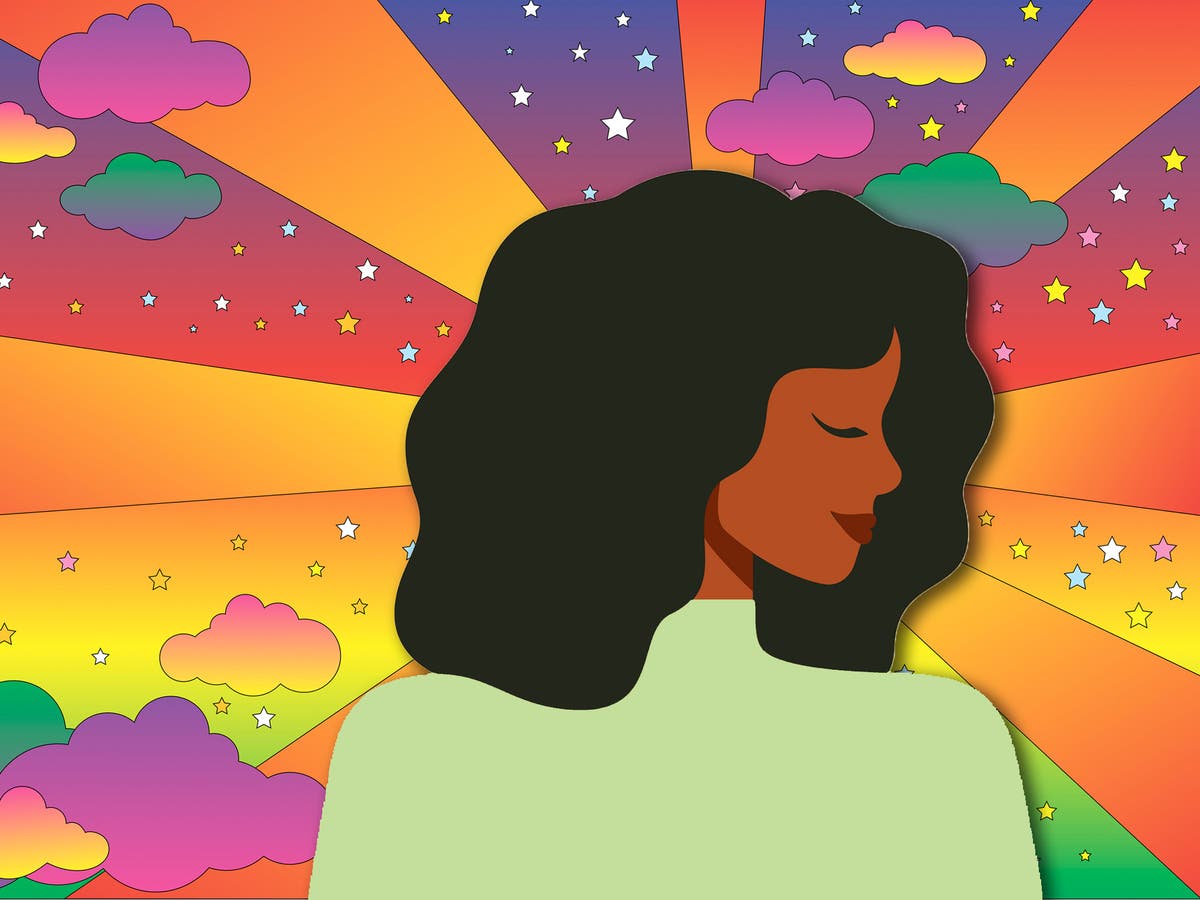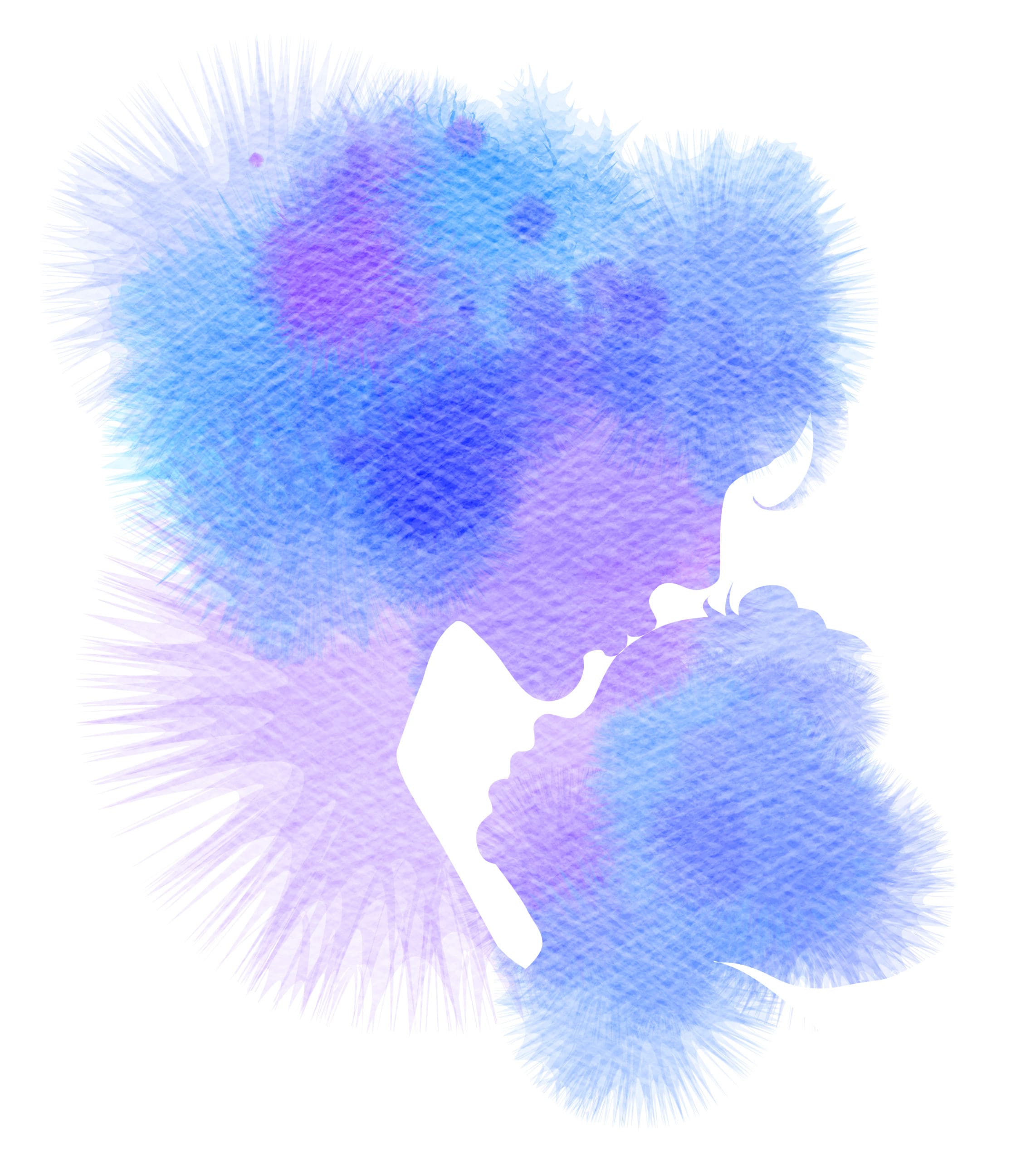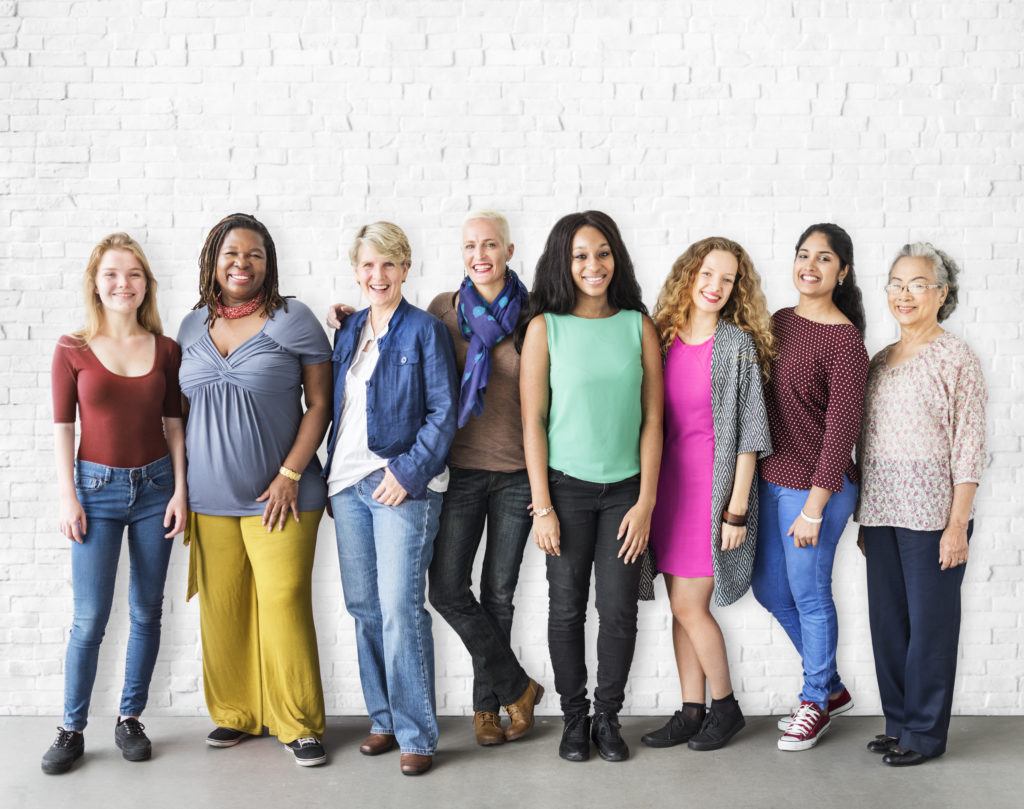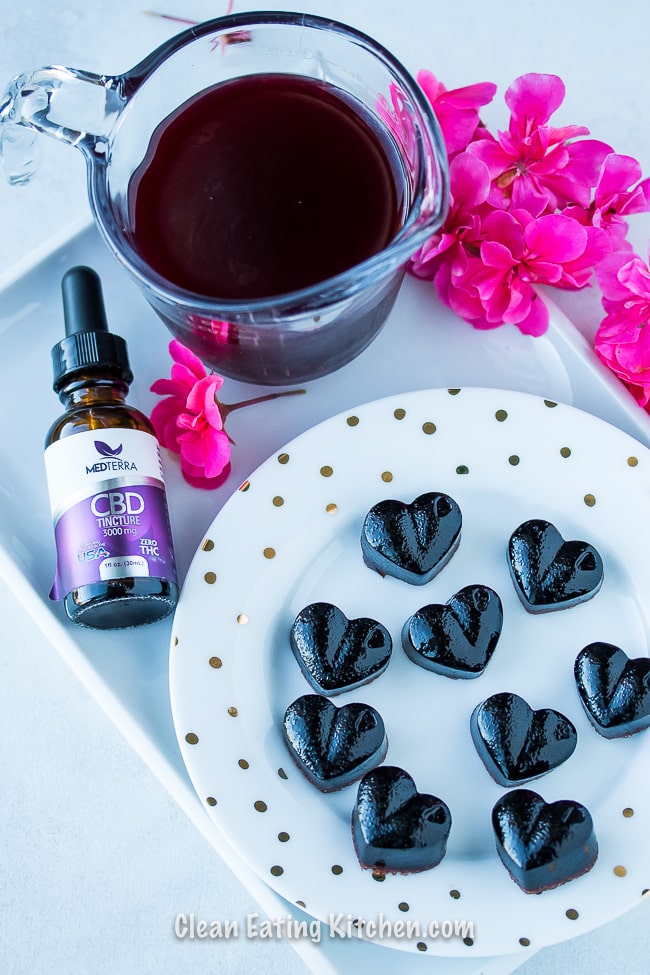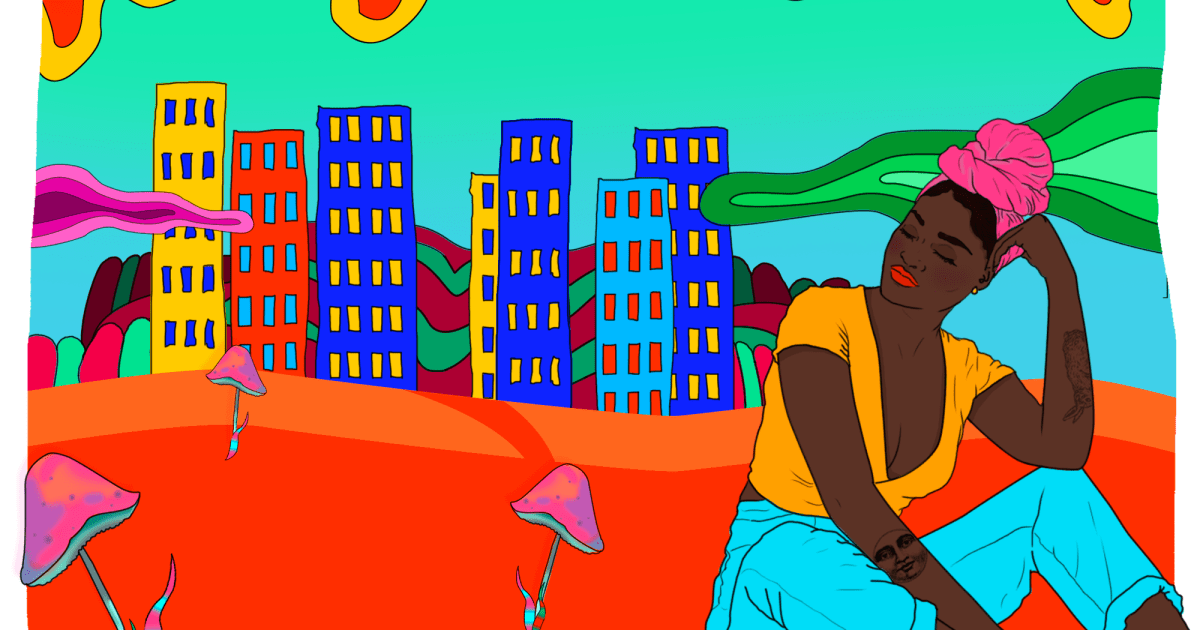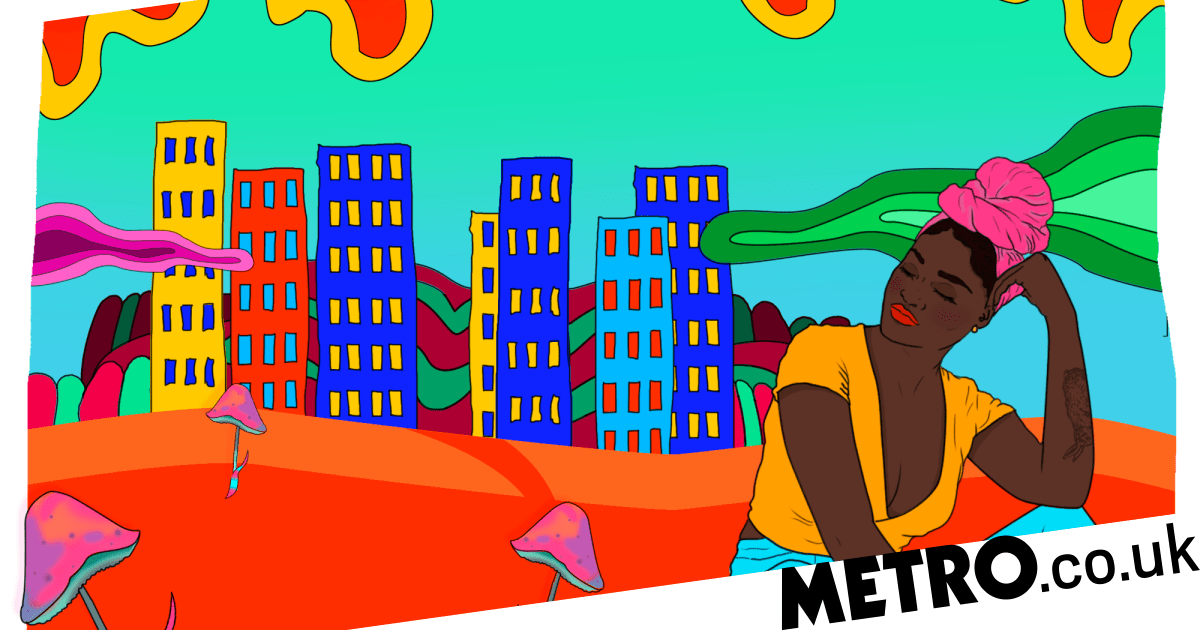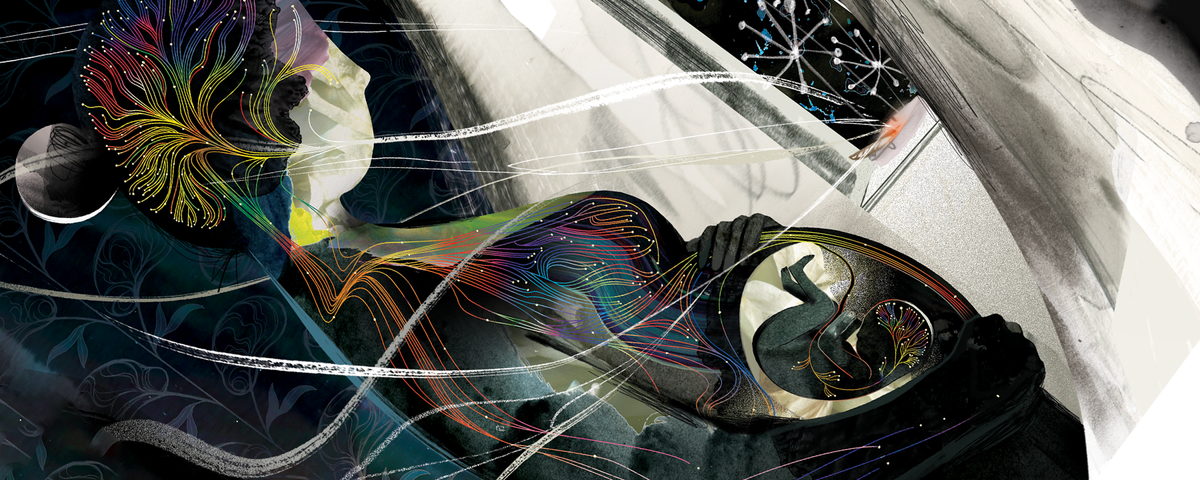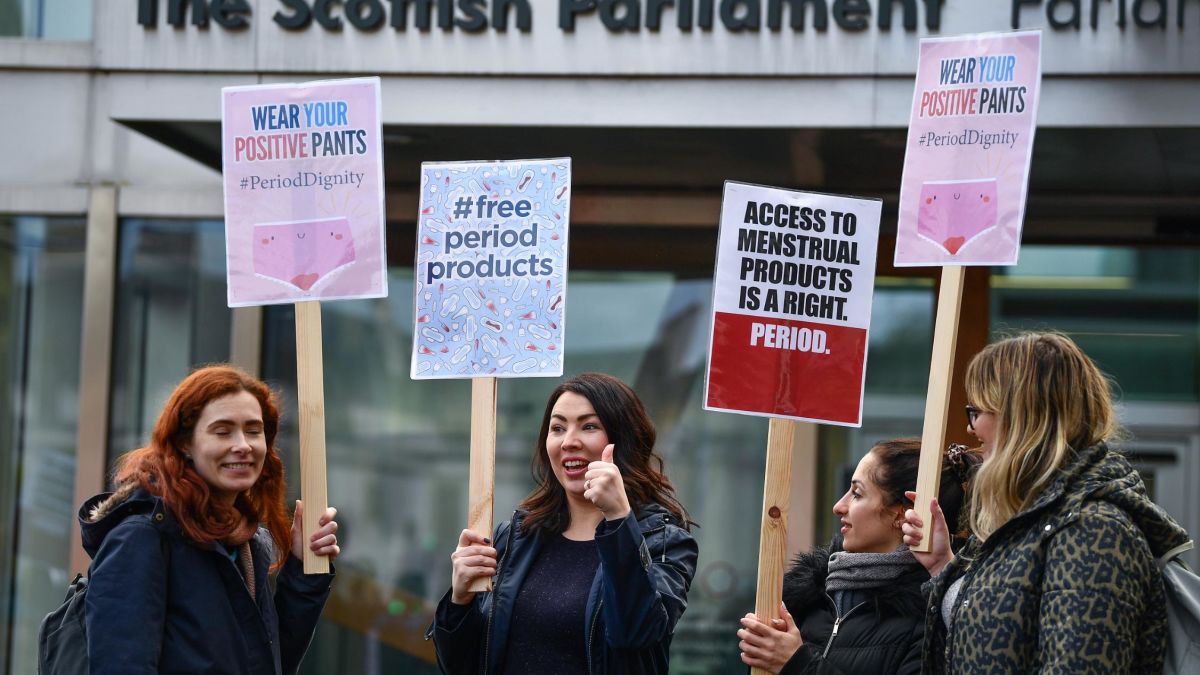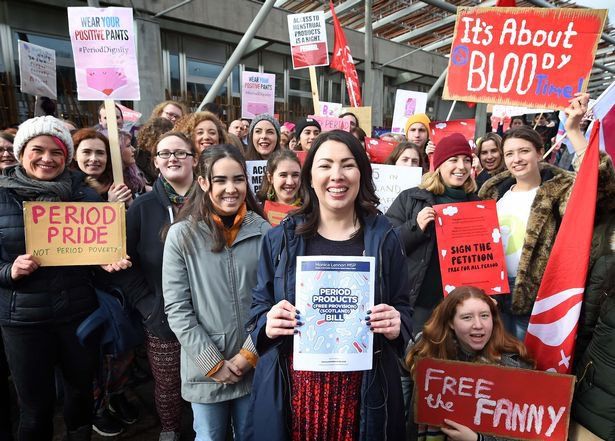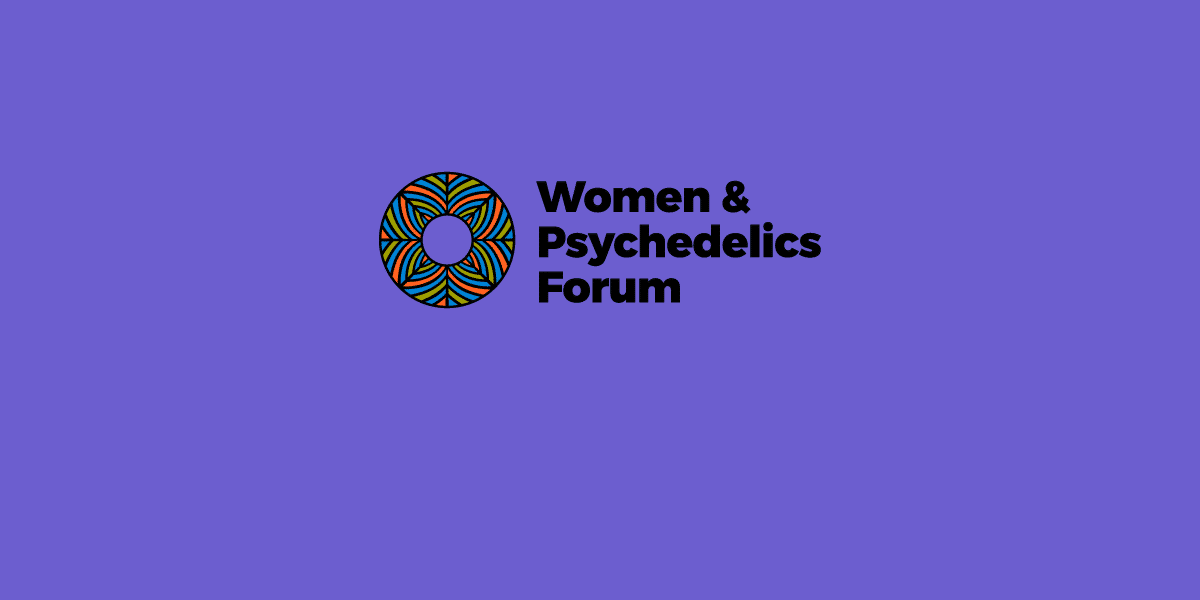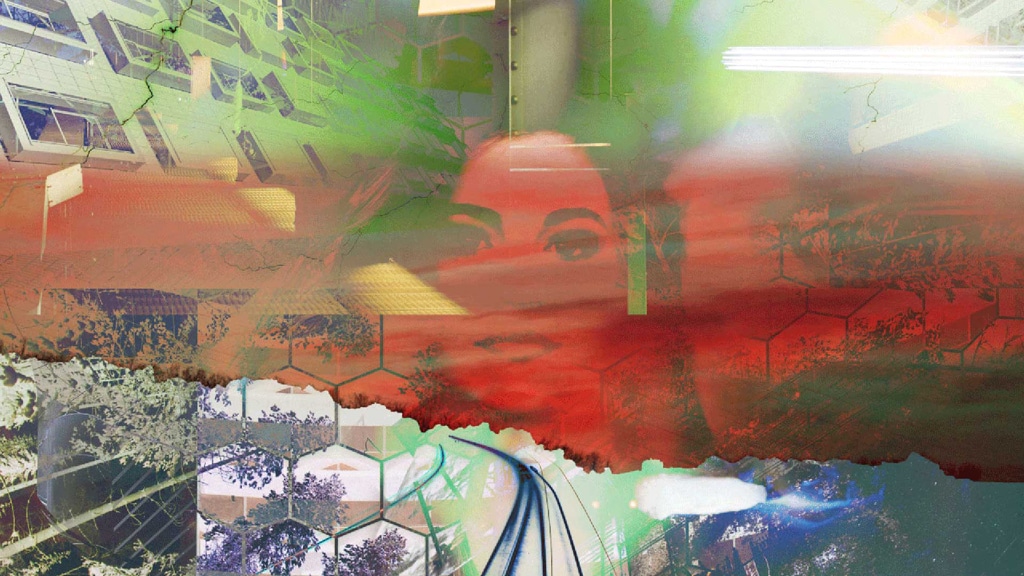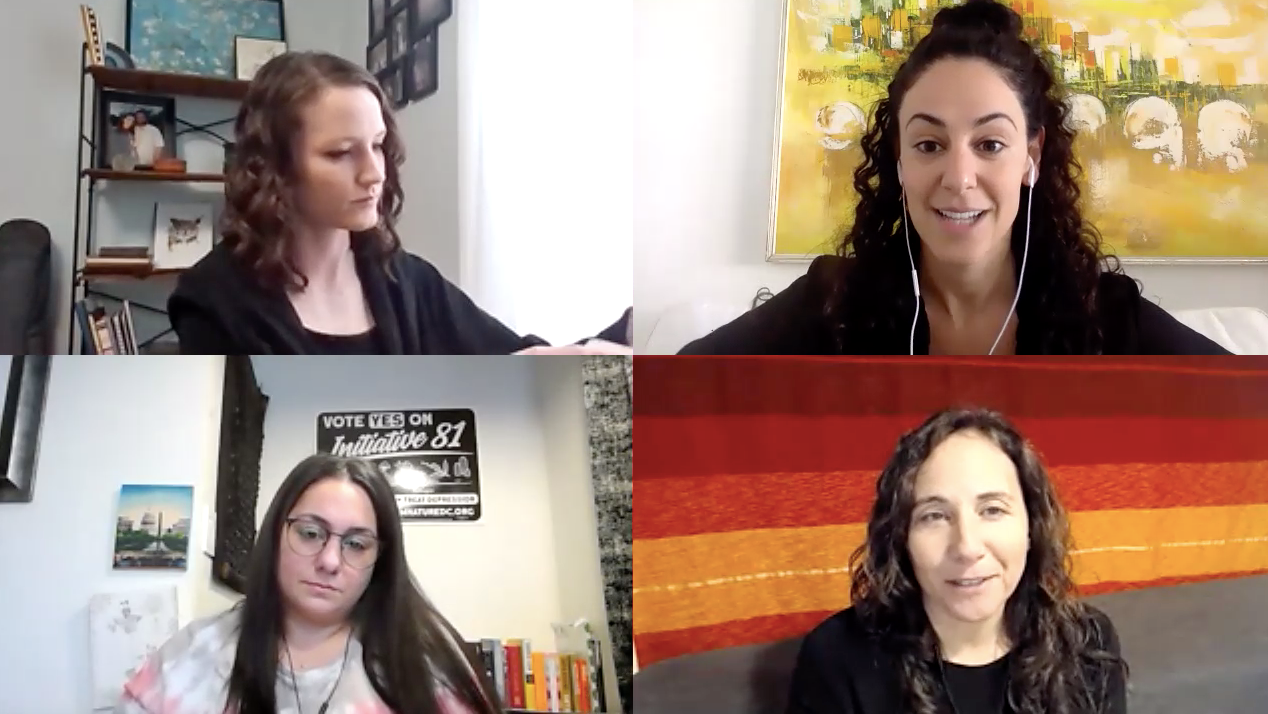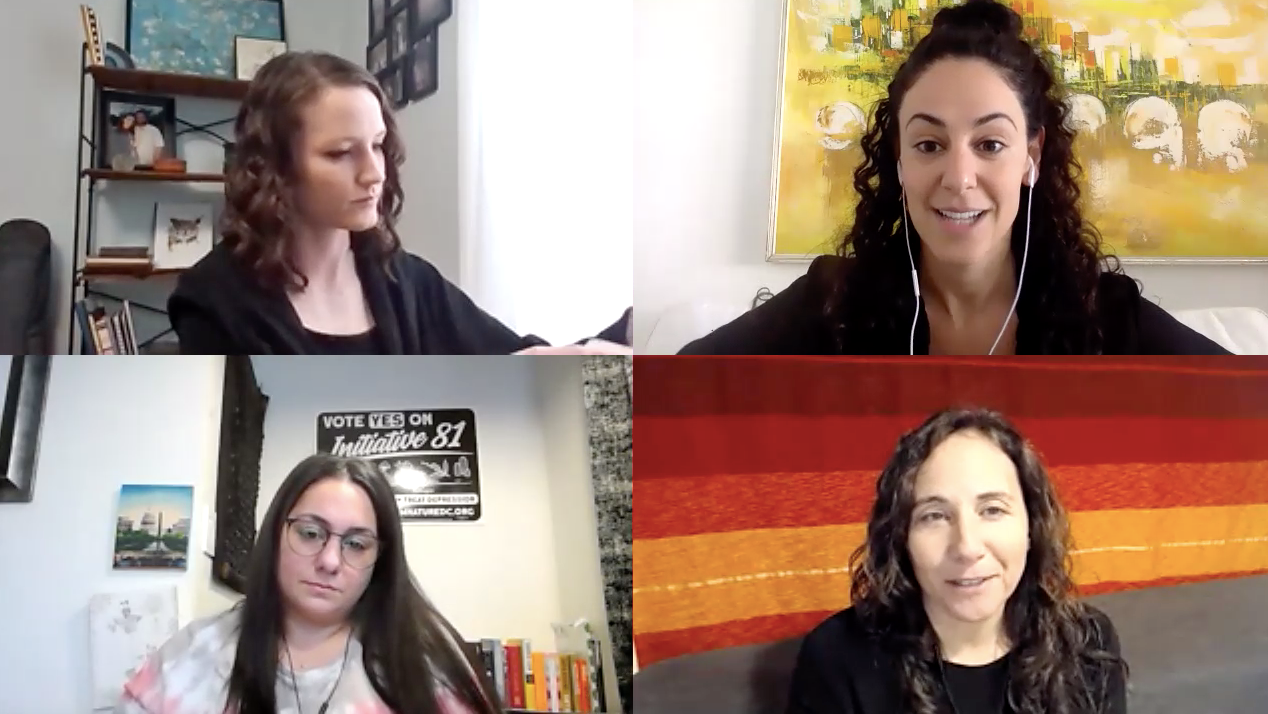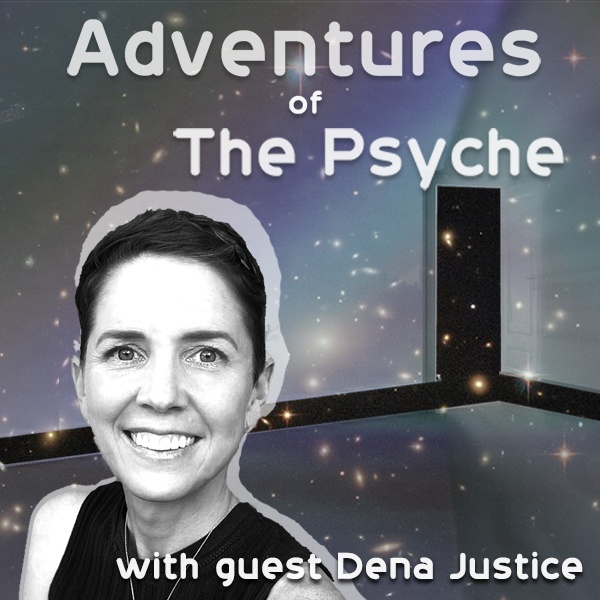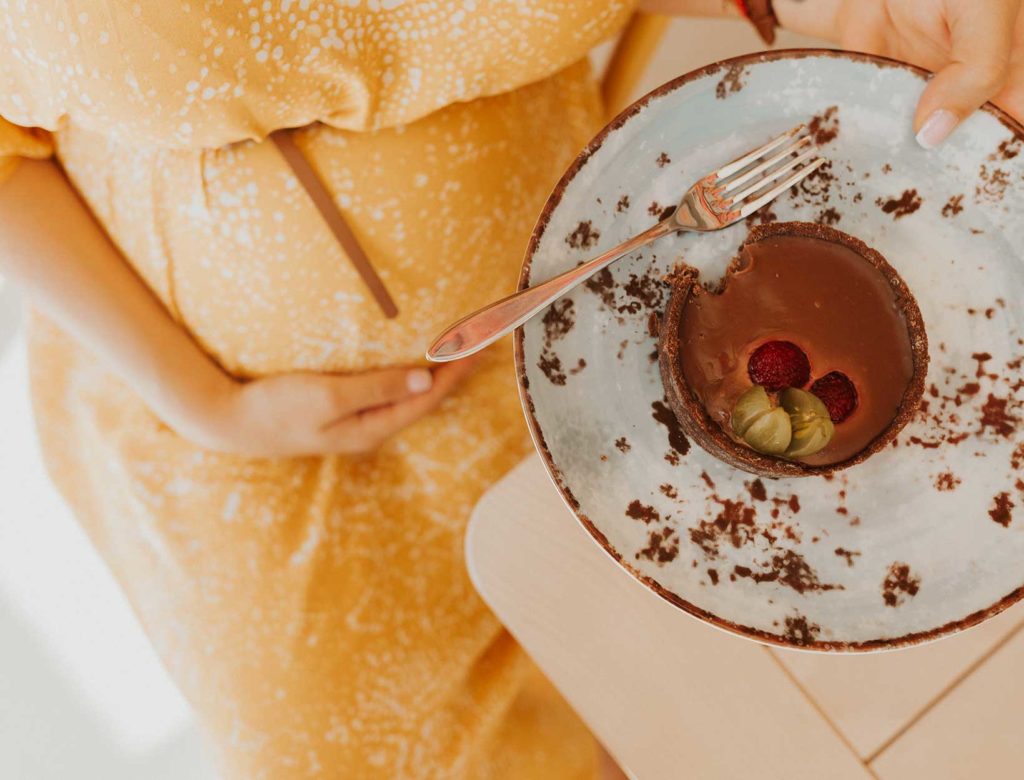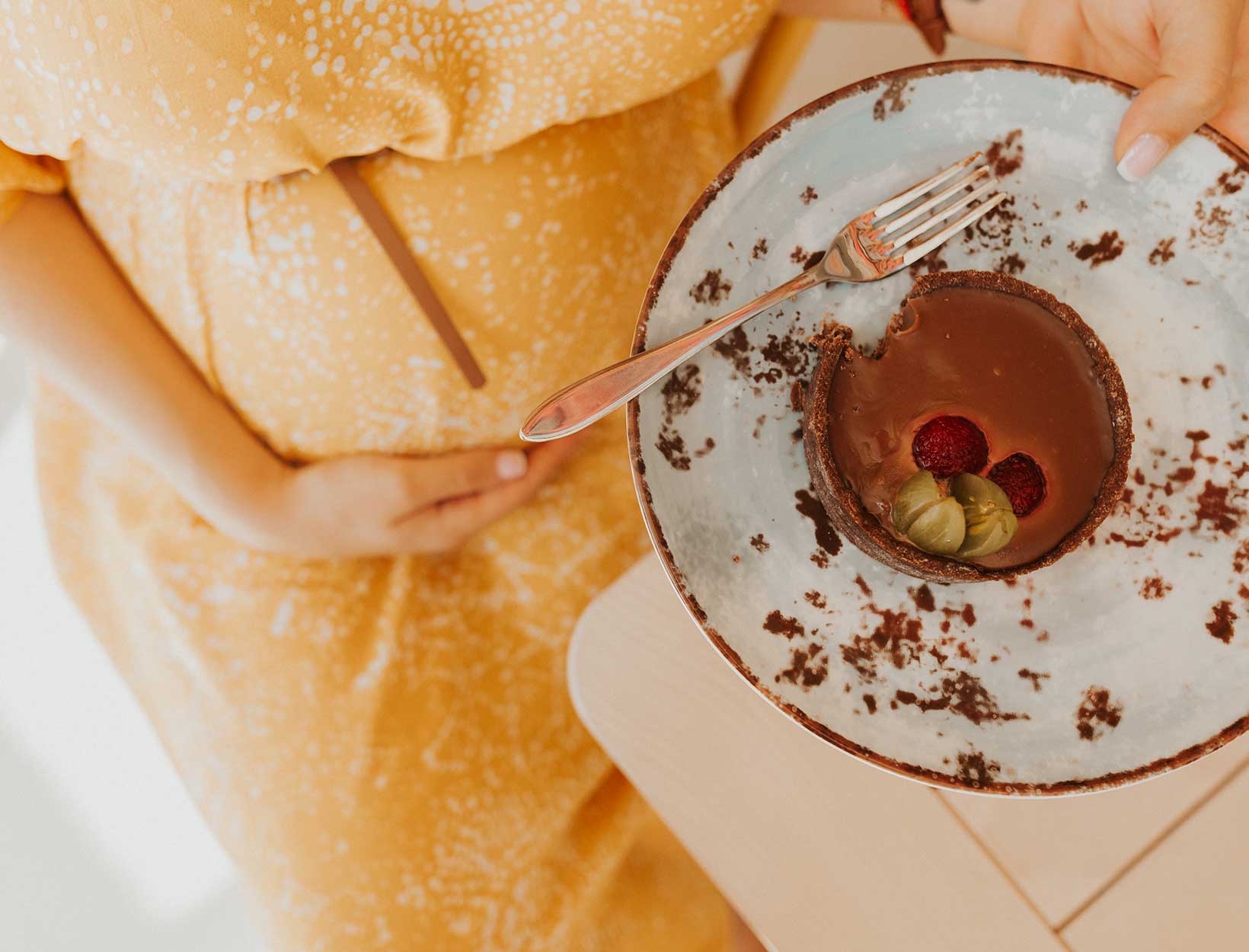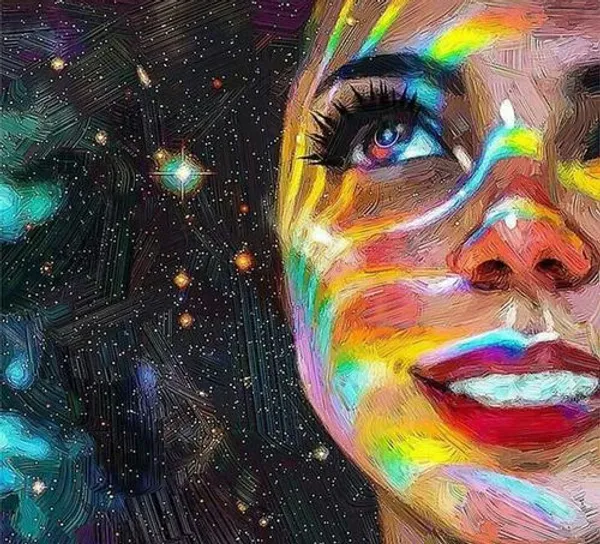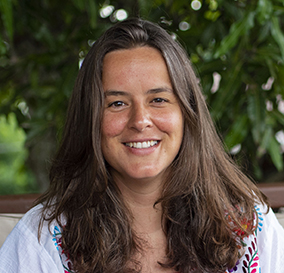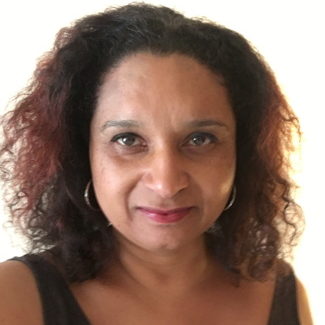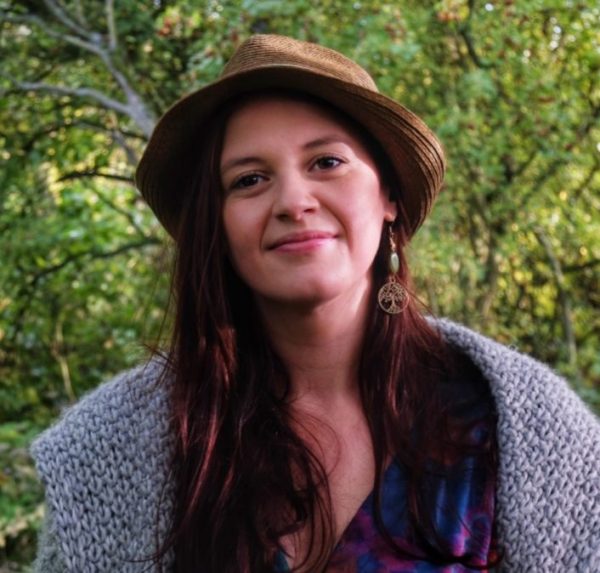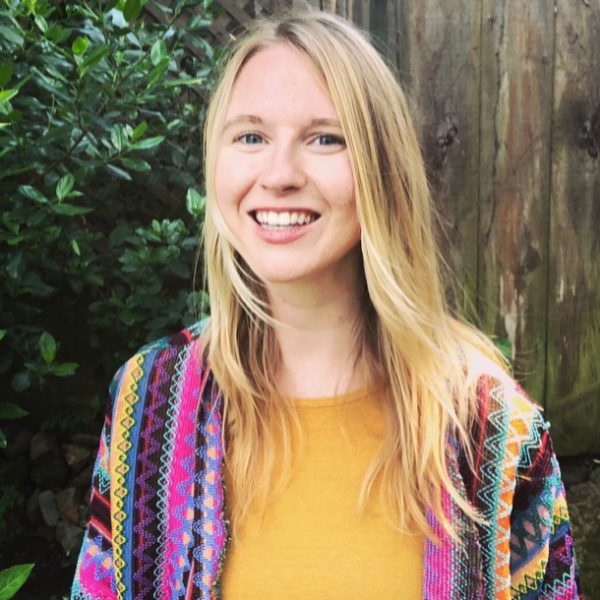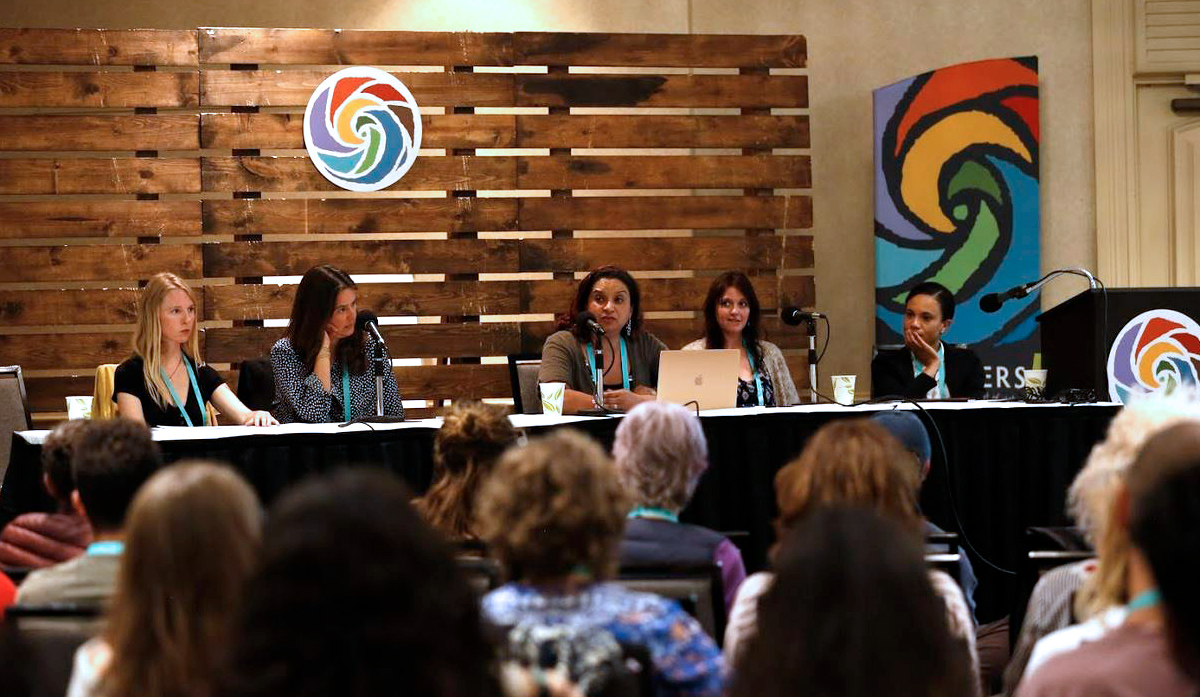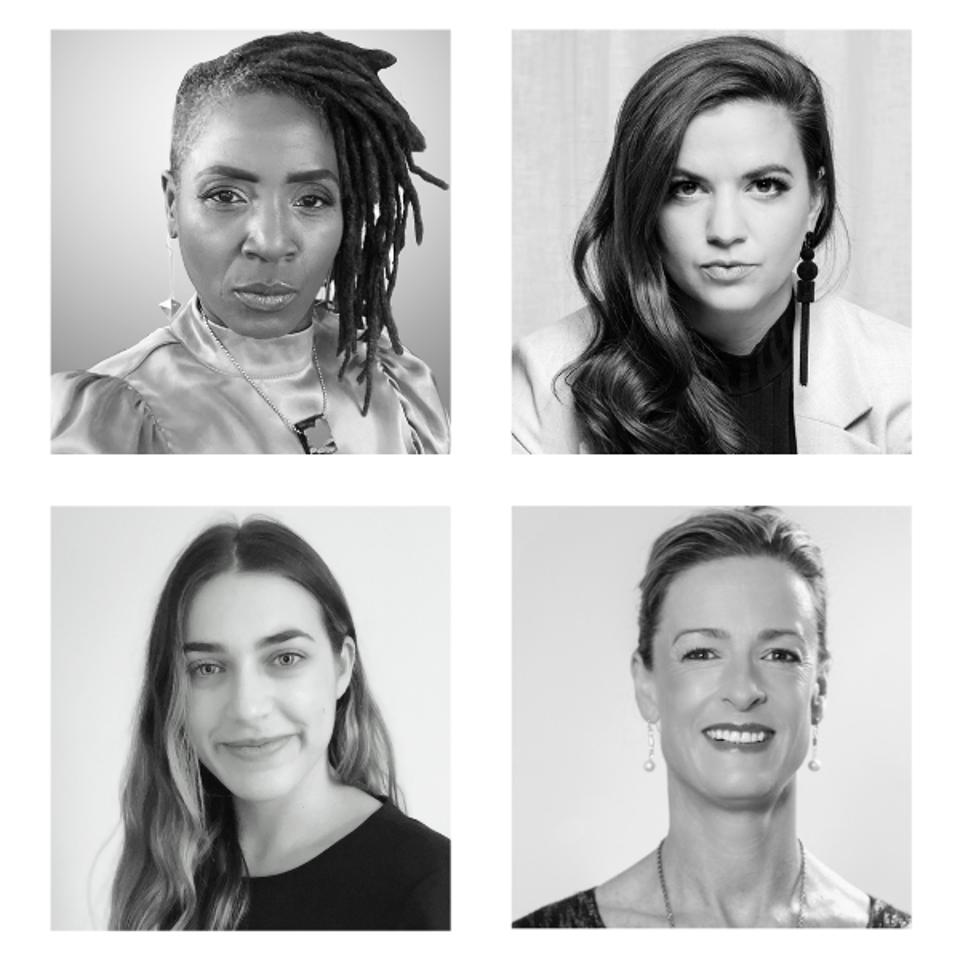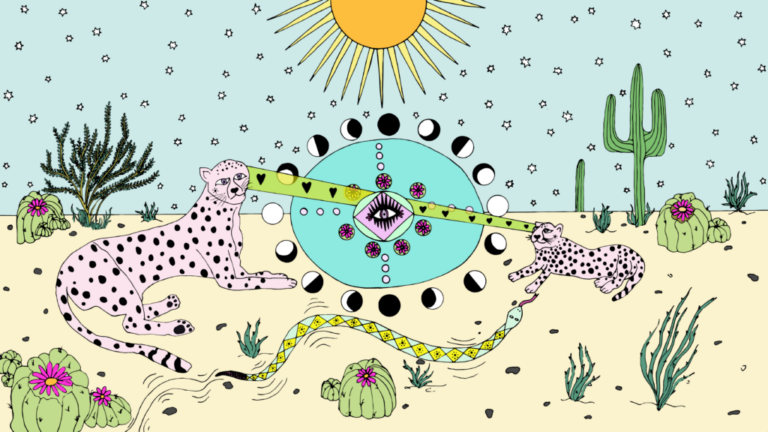Women and diversity in the psychedelic community*
BIONEERS | 2019
Although the enormous growth of interest in and research on psychedelic substances’ potential for psychological healing and consciousness expansion is exciting, there are shadow sides of the psychedelic community that require attention. Women’s contributions to the field have too often been downplayed, and the abuse of women in some psychedelic underground circles has been a serious problem. Also, people of color, LGBTQ and other minority communities have been under-represented in psychedelic conclaves. A stellar panel of figures at the cutting-edge of inclusivity advocacy in the psychedelic community shared their perspectives on how to remedy these problems.
Hosted by
Bia Labate, Ph.D., Executive Director of the
Chacruna Institute, on the faculty of
The California Institute of Integral Studies (CIIS), and Public Education and Culture Specialist at the
Multidisciplinary Association for Psychedelic Studies (MAPS). With: Emily Sinclair, leader of the
Ayahuasca Community Guide for the Awareness of Sexual Abuse initiative; Sarah Scheld, a coordinator of MAPS’
MDMA Therapy Training Program;
Monnica T. Williams, Ph.D., Associate Professor of psychology at the University of Connecticut;
Sara Reed, MS, MFT, a study therapist in the Psilocybin-assisted Psychotherapy for Major Depression initiative at Yale University.
This discussion took place at the 2019 Bioneers Conference.
BIA: My name is Beatriz (aka “Bia”) Labate. I am the Executive Director of the Chacruna Institute for Psychedelic Plant Medicines and a Public Education and Culture Specialist at the Multidisciplinary Association for Psychedelic Studies, also known as MAPS.
I have been drinking ayahuasca for 23 years. I’m Brazilian and I am grateful about that. It gave me the opportunity to encounter this brew and its traditions and to go to the Amazon and learn from Indigenous and mestizo people. I have a lot of gratitude for this path, which for me is a very sacred one, but I’m also a researcher and an anthropologist using scientific approaches to analyze this phenomenon.
The first thing I want to make clear is that sacred plants and most psychedelics are not “drugs” in the way our culture uses that term. They are not associated with pathologies and crime, and it’s been great that we have been seeing a cultural shift around this topic and that psychedelics are no longer demonized. We are, in fact, currently experiencing what some people call a psychedelic renaissance: a revisiting of the nature of these substances and compounds that looks at their healing potential and their benefits, accompanied by a very vibrant resumption of the research that had mostly been abandoned after the 1960s. So we have had a renaissance of studies, and MDMA and psilocybin are closer and closer to becoming regulated medicines, largely thanks to MAPS’ pioneering work.
At the same time that our understanding of the healing potentials of these wonderful plant medicines and psychedelics more generally and of these sacred plant traditions has grown, we also must acknowledge that there are shadow sides of this whole movement that have not gotten sufficient visibility and that have to be addressed. These include: sexual abuse by ayahuasca shamans and psychedelic-assisted therapists; a lack of attention to equal access to these medicines for historically disenfranchised and marginalized groups, such as people of color and the LGBTQ community; and the lack of recognition for women pioneers whose work has been frequently at the forefront of this research but who have been written out of the historical narrative.
This panel’s goal is to focus on these issues. If the psychedelic renaissance is to grow and be able to bring healing and benefits for humanity, it has to include everybody. We have to start discussing how to include everyone in this movement’s expansion. Our institute has been trying to do some work in this regard, to highlight the contributions of black and Indigenous women and people from the global south, and also people working not just in biomedicine but in other fields and forms of knowledge. We don’t have anything against white male, straight, psychedelic biomedical stars. We love them as well, but they have a lot of space already, and we want to create space for other voices.
I now pass the microphone to my dear friend and colleague Dr. Monnica Williams, who is on the board of our institute and who paid her own way to come here all the way from Canada. She is a clinical psychologist, specializing in cognitive-behavioral therapies, an Associate Professor in the School of Psychology at the University of Ottawa,
Canada Research Chair in Mental Health Disparities, and Director of the
Laboratory for Culture and Mental Health Disparities. She is also the Clinical Director of the
Behavioral Wellness Clinic, LLC in Tolland, Connecticut. Dr. Williams has conducted clinical research on psychological and pharmacological treatments of OCD, PTSD, and anxiety disorders. Her research interests also include the role of culture and race on mental illness. She is an authority on obsessive-compulsive disorder, including sexual orientation-themed OCD (called SO-OCD or HOCD), racial trauma, and one of very few researchers focused on the inclusion of people of color in
psychedelic medicine.
MONNICA: I’m thrilled to be here to talk about this. My little piece of this is going to be discussing racial equity and access as psychedelics go mainstream. Our mission at the Chacruna Institute is to provide public education and cultural understanding about psychedelic plant medicines and promote a bridge between the ceremonial use of sacred plants and psychedelic science. As a scientist myself, I often think in terms of anatomy, biology, and molecules, but I always have to remind myself that there’s a lot more to a human being beyond that—heart, and soul, and spirit. Our vision is a world in which plant medicines and other psychedelics are preserved, protected, and valued as part of our cultural identity, and integrated into our social, legal, and healthcare systems, and so I’m really excited to be a part of Chacruna.
I’m going to talk a little bit about racism today, and you may wonder how racism is connected to psychedelics. Obviously we all know that racism is real and alive and continues to impact people in a range of disenfranchised groups. Just about every economic, health and educational indicator shows that people of color are in far worse shape than their white counterparts in the U.S. There are of course individuals out there with racist attitudes, but the real problem is the pervasive, tenacious, deep structural racism in nearly all our society’s systems and institutions. And one of my areas of research is the impact racism has on mental health. There’s been a lot of solid research in the last 20 years that underscores how racism exacerbates just about every mental health problem that one can measure, and living in racist social structures causes its own form of PTSD. Racism is traumatizing.
And now psychedelic medicines are being advanced as potential solutions or at least treatment options to some of these mental health problems. And I personally do believe that the research is showing that psychedelic-assisted psychotherapy has the potential to heal or alleviate many types of psychological and emotional wounds, and not just MDMA, but psilocybin, iboga, and other substances as well. But people of color have not been included as research participants in these studies. In a recent review of research literature that we conducted in my lab, we tabulated 282 participants in a number of studies on psychedelics, and almost none were people of color.
Some of us in this psychedelic movement have been pointing out that black Americans are being left out of psychedelic research. My feeling that if white people are benefiting from it, people of color should too, and if we truly believe psychedelics can bring people together, we as a movement need to figure out ways we can do better. It seems pretty clear that psychedelic therapy is coming, but as it becomes legal and goes mainstream, it has to be available to all, and we will need, for example, therapists and healers of color who can take these therapies back to their communities to break stigmas and help people get well. We will need to explore whether psychedelics can help heal racial trauma. That is one of the things I’m dedicated to seeing happen, but psychedelic healing is only as effective as those who have access to it. Will these healing opportunities just be for white and elite people or for everyone? Will we simply replicate the oppression and exclusion in the larger society, or as psychedelics go mainstream, are we going to do this Right?
What would racial equity in this field look like? At Chacruna we put together a
Racial Equity and Access Committee (there are also Women’s, Gender Diversity, and Sexual Minorities working groups) to promote inclusion and diversity by including the voices of those who’ve rarely been heard or included. So, to start, we want to give a prominent voice to, for example, women, queer people, Indigenous people, and people of color in the field of psychedelic science. Additionally, a social justice-oriented approach has to involve a more equitable distribution of funds and resources within the field and the transformation of systems and infrastructures to ensure fair access and equitable outcomes.
We need to start seeing diversity in our organizations at every level. We need to exemplify cultural humility and admit we don’t all have the answers. We can’t be experts in every culture. No one of us can which is why we need all of us. We need to develop and support culturally appropriate care because healing methods that are appropriate for one group may not be appropriate for another group. Community engagement is also critically important because for too long dominant structures have been imposing their idea of what communities need rather than participating and partnering with communities to hear their voices. We need to monitor disparities and, when necessary, call them out.
On our website, in the Chacruna Chronicles section, we have articles up on
inclusion and diversity, and the pieces there include such topics as how white feminists can at times oppress black women, how unconscious white privilege affects psychedelic medicine, why psychedelic science should pay speakers and trainers of color, and how some groundbreaking people of color are making a difference in psychedelic healing (the catalyst for that was going to conference after conference and reading article after article and seeing no people of color reflected there, and asking where are all the people of color were and having conference organizers tell me, well, we just can’t find them. Well, now you can find them. We’ve put them on a webpage.) In fact, I see one of them here in the audience. Dawn Davis, a member of the Shoshone-Bannock Tribes from Idaho, a groundbreaking researcher on peyote conservation.
Another thing Bia and I have done to help amplify the voices of people of color and draw attention to this work is to be the guest editors of a special issue of the
Journal of Psychedelic Studies on diversity, equity, and access in psychedelic medicine, and we will be including many people of color in the upcoming
Psychedelic Liberty Summit we’re organizing for the spring of 2020. I encourage all of you who are interested in this to get involved. We can all make a difference in some way: you can volunteer, register for our newsletter, donate, follow us on our social networks, etc. We’re excited to welcome all of you to help to do this work because nobody can do it alone, and it’s an issue that affects everyone, and so everyone ideally will be part of the solution.
BIA: Our next speaker, Sara Reed, also came from far away, Connecticut, where’s she’s a therapist and the Director of Psychedelic Services at the
Behavioral Wellness Clinic in the town of Tolland. She is the only black therapist in the United States who has treated patients in an MDMA clinical trial. Sara has expertise with a variety of anxiety ailments, including obsessive-compulsive disorder, PTSD, depression, phobias. She also works extensively with patients who have endured discrimination-related stress and trauma, helping them detoxify from internalized racism. Sara has also been trained in ketamine-assisted psychotherapy and is currently a therapist in a psilocybin study at Yale for patients with major depressive disorders.
SARA: Greetings to you all. It’s really an honor to be here. Special thanks to Bia for her commitment to this work and for bringing me here, and I also want to thank the coordinators, the organizers, volunteers, and founders of Bioneers for creating a space of visibility for visionary work. And last but certainly not least, I want to thank spirit for another opportunity to be a vessel and to share a small part of some knowledge I’ve learned within the field of psychedelic medicine.
I’m here to talk about equitable and inclusive practices in psychedelic medicine, and I want to touch briefly on how we can move from theory to actual practice, or, said differently, how we move from a “head space” to a “heart space.” One key issue is the tension between making sure we are doing sound, rigorous science in our clinical research and not losing the essence of the work, which is connection, witnessing, and honoring the possibilities and the power of the present moment.
I often do dedications to my presentations as a way to remind myself to bring my full humanness into the room. My dedication for this presentation is to a spiritual teacher who is teaching me how to be more present and to bring all parts of myself forward. And even though I don’t know her personally, I highly recommend each and every one of you to read
Emergent Strategy by Adrienne Maree Brown. Her work has really impacted my life and has really helped guide this presentation.
To give some context and some background about me that’s relevant to this presentation, I was a study coordinator and a sub-investigator for the
MAPS MDMA-Assisted Therapy Research study at UConn Health. Our site was focused on treating people of color and the specific traumas that face people of color, such as race-related stress and trauma. And unfortunately our site had to shut down before we could move on to the phase III clinical trials due to a variety of barriers, but even though we’re not an active phase-III site, we are still continuing the mission of advancing health equity for people of color in psychedelic research though advocacy work, though getting more in touch with the communities we serve, and by critically examining how race and power show up in psychedelic research. And these three topics—advocacy though storytelling, community, and understanding race in psychedelic—in the psychedelic context—will be the focus of my presentation.
At the MDMA-therapy study at UConn Health, we were under some pretty difficult constraints concerning the population that we wanted to serve. One constraint was that none of the therapists were native to Connecticut, and so we really needed to learn more about the community that we wanted to serve. We understood theoretically that we needed to build alliances with the movers and shakers in the community and to have buy-in, but that’s not easy to do as outsiders. We wanted to do community based work that wasn’t exploitative. We really needed to understand the heartbeat of the community. Another constraint is that in the clinical research realm, there are pretty strict deadlines and timelines that one has to adhere to, so we really had to be clear about the specific demographic-recruitment strategy we were going to use. We understood that “people of color” is a broad term, and that recruitment strategies for different racial groups might look different especially within the geography of Connecticut, so we were really thinking about all of these things as we were doing recruitment.
We reached out to a community organizer who helped us understand what was happening in Hartford, Farmington, Bridgeport, and the surrounding communities in Connecticut. From those conversations, we decided, given our time pressures, that it would be best for us to start with university students of color because there tends to be less stigma about seeking mental health services in that population and because they were likely to be more receptive to an alternative approach such as MDMA therapy. We gave talks on campus about MDMA therapy; we did a podcast called
Can MDMA Treat Racial Trauma? Our approach was that people of color needed to hear about these experiences from people of color.
What the psychedelic medicine movement needs is inclusive community building. We need to build a multi-sector alliance that includes folks in drug policy reform and decriminalization, in harm reduction, in clinical research, and other organizations to sustain the working in related fields. Our work is connected. The milestones in our respective disciplines may look different, but we are all on the collective path towards healing and liberation.
We also need more diversity of people among those who hold positions of power. We need a greater number of black, brown, trans, queer, rural and neuro-divergent folks in those roles to help create spaces that actually represent and reflect multiple realities. In the psychedelic-assisted psychotherapy world, we need to recruit, retain, and support clinicians of color. There are not enough of us in the developmental phases of these drug-assisted treatments, let alone enough of us as researchers or clinicians. Without our voices in these spaces, we run the risk of creating treatments that don’t fit or exclude certain populations, or become elitist. And let me be honest: with the current systems and institutions in psychedelic medicine, it will be very difficult to advance health equity for many marginalized groups. Some parts of the current systems need dismantling and restructuring.
I participated in a psychedelic medicine and cultural trauma event in Kentucky, a day-and-a-half workshop that focused on the political and social factors that impact trauma and healing for people of color. I was able to expose people in my community to a very different way of being in their bodies and to talk about trauma and the effects of racism. Many people came up to me and were deeply appreciative and moved. We laughed, we cried, we danced, and we felt called to action to uphold our end of the sacred bargain as we fight for health equity for all people, especially those most marginalized in psychedelic medicine.
James Baldwin wrote:
“Color is not a personal reality. It’s a political one.” Understanding that point is critical in the realm of psychedelic medicine. I’ll use a personal experience to illustrate. I took MDMA in a clinical context as part of the MAPS MDMA-therapy training. I was sitting on a couch, eyeshades on, music playing, two therapists in the room with me—the standard set-up for an MDMA clinical trial. As I started to feel the effects of the drug, my deceased grandmother appeared, and we shared a beautiful but brief moment. Tears of love flowed down my face and joy filled my heart. She carried me energetically to a place I knew existed but had never seen, a place that felt so familiar. I was a small part in this whole, but I finally felt like I had a place where I belonged. For the first time in my life, I felt free, me, a young, black woman, free.
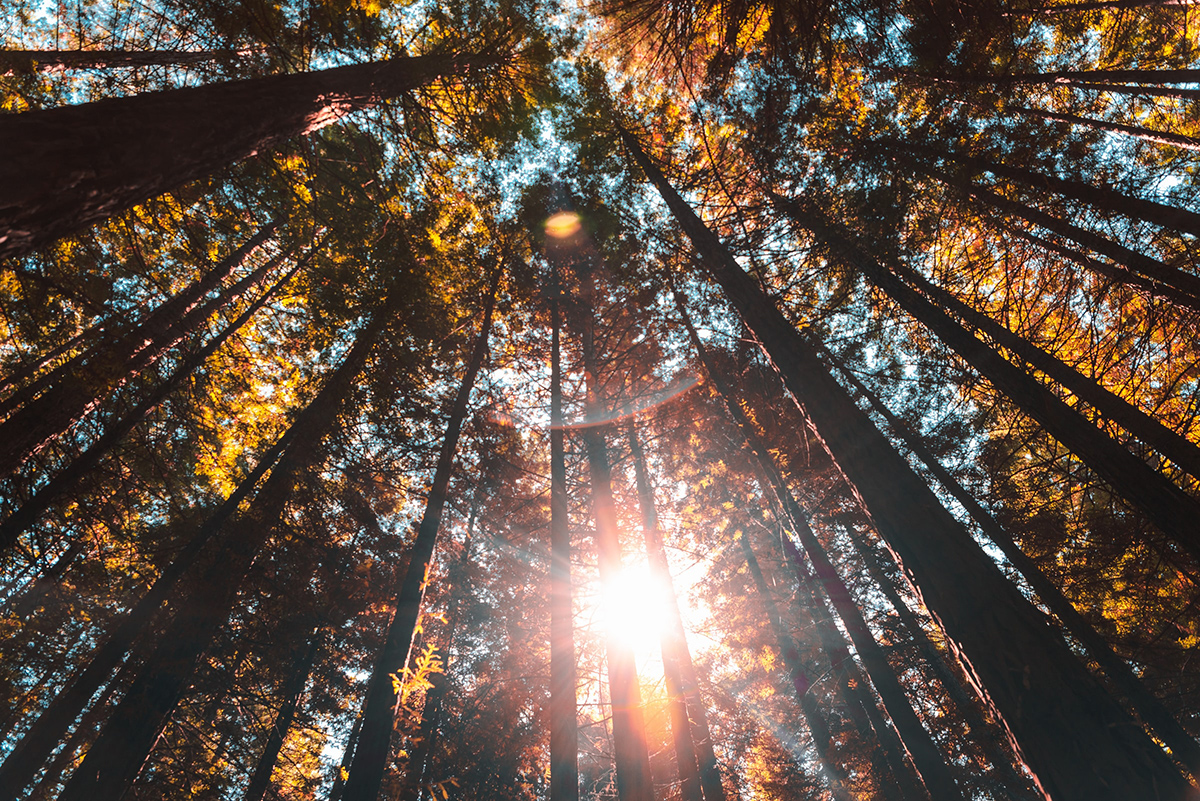
In these sacred, precious moments, I was able to transcend the constraints of my political realities and connect to my humanness, the essence beyond masks and constructs. Soon enough, however, I started to notice the heaviness of my body, that my body was somehow slowing me down. I started to feel flooded with stories of my past and the ancestral past, my body reminding me of the fight it takes to stay alive in this black and female body. I had to learn how to sit with these stories in a way that I never had before. I had to be reminded that my political realities were just as present as my personal reality, and that my humanness is connected to both. So how do we move from theory to practice in understanding race? By moving past our theoretical understanding of race and courageously sitting in our racial wounds, by being present with our fears and intergenerational traumas no matter what our race is so we can all begin to heal and work towards healing from the wounds of racism and white supremacy.
As I close, I want to leave you all with one actionable item that can help you stay present and connected to your healing work, and specifically in healing from racism and white supremacy. Too often we get caught up in the liberation of others while forgetting to attend to ourselves, our own wounds and the parts of ourselves that have either benefitted from or been impacted by racism. So I ask, what’s something that you need to do to move towards healing that you’ve been putting off? What do you need to heal from in your own internalized racism? Take a second to think about it. Be honest about it, and sit with it. In the words of Adrienne Maree Brown,
“The harder things are to say, the more necessary they are to say.” It’s time that you uphold your end of the sacred bargain and do the work. Show up in the way that is necessary and keep doing the work until you find your truth. We are all counting on you. The world needs your voice.
BIA: It’s my honor to pass the microphone now to Emily Sinclair, who is a Ph.D. candidate in anthropology in the UK and is part of our Ayahuasca Community Committee. She has been the lead of our initiative on creating awareness about sexual abuse in ayahuasca underground circles and has been working hard going to different countries to raise awareness and share the set of guidelines we created on this subject. Thank you for coming all the way from the United Kingdom to California, Emily.
EMILY: I’ve been working for Chacruna for a couple of years. I’m an anthropologist and my main recent research has been on ayahuasca shamanism in Iquitos, Peru, which is the major hub of ayahuasca tourism, a Mecca for international ayahuasca use. That tourism and the spread of ayahuasca use globally have engendered a number of issues, so Bia and I came up with the concept of the Ayahuasca Community Committee, as a way to begin addressing key issues of concern across the global ayahuasca community, which of course includes a wide range of diverse communities working with ayahuasca in different contexts and settings.
One of the challenges of our work is trying to make it applicable for all of these often very different communities and to include people collaboratively in the work that we do. Our aim is to provide support and advice to participants and practitioners that address these issues, and one major concern in ayahuasca circles is sexual abuse of participants by healers and facilitators of ceremonies. Our first initiative was to produce the Ayahuasca Community Guide for the Awareness of Sexual Abuse. I was motivated to produce these guidelines due to my own experiences in Iquitos. I’ve lived there and worked there for the past six years, and I actually ran a small ayahuasca center for a time. I started to realize how many people were coming through that center and the wider region to work with ayahuasca in order to heal trauma caused by sexual abuse that they’d suffered in their lives. And then I was very shocked to discover that sexual abuse was also quite prevalent in the very setting in which they were seeking healing.
Sexual abuse in ayahuasca communities happens mostly to women, so we produced these guidelines addressing them mainly to female participants, but we also hope that they can be of benefit to everyone to help to raise awareness generally across the community that this is indeed happening. One key issue is that because there are so many new participants unfamiliar with ayahuasca rituals, there is a lot of potential for facilitators to take advantage of their ignorance to take advantage of them. In the guidelines we try to explain typical scenarios of abuse specific to ayahuasca settings and provide advice for ceremonial participants so they can avoid unsafe situations, and we seek to encourage awareness and positive action across the community to combat this problem.
The process of writing them involved collaboration with victims and survivors of abuse, long-term practitioners and participants across diverse ayahuasca contexts and communities, consultation with colleagues across the psychedelic community, and also with experts on sexual abuse. And of course we also drew on our own fieldwork experiences, anthropologists, and long-term participants in the ayahuasca community. As well as providing general safety guidelines such as checking out the healer and the context in which you’re going to drink through community contacts beforehand, speaking to people in the know, drinking with trusted companions, etc., we also created more specific guidelines aimed at empowering women by informing them about what is usual practice and what is not so that they can recognize red flags and feel more confident about speaking up if something doesn’t feel right. So, for instance guideline number four is:
“It is not necessary for healers to touch intimate parts of your body or any area to which you do not consent.” Or number five is:
“Ayahuasqueros do not require you to remove your clothes.” One of the main aims of these guidelines is to demystify the figure of the shaman. Another key issue we wanted to draw attention to is consensual sex between healer and participant. We found that many occurrences of abuse take place in this context whether the abuser has manipulated a participant or assistant’s trust and taken advantage of the uneven power dynamics between them. Another aim of these guidelines was to promote a sense of collective responsibility for this problem in our midst and to encourage collaborative action to combat it.
We also created a legal resources companion to the guidelines, which provides information about laws related to sexual abuse in popular destinations for ayahuasca in South America, and a list of helpful organizations where victims and survivors can seek support. These are available currently for Peru and Brazil online though our website via this link. I think this is a really important part of the work. I personally know of a couple of examples of women who have gone to the police in Peru to complain about sexual abuse and actually been laughed at by the policemen there which of course causes much more trauma, so it’s really important to know safe places where you can go should this happen.
Most people in the ayahuasca community were very supportive of the initiative, but I did experience some resistance. Notably, there was a prominent figure who tried to tell me that sexual abuse was no longer a problem in Iquitos, or in general, and that an insider organization called the Ayahuasca Safety Association was already set up to deal with the problem, should it occur. This is something I knew not to be true because I was closely connected to that group. So was demonstrative of the fact that the truth about sexual abuse in the community is being suppressed by some people either perhaps because they are complicit in it, do not want supposed outsider intervention, and/or do not want to draw attention to negative aspects of the ayahuasca community in the interest of protecting its reputation and their own livelihoods. This is a very dangerous attitude, and fortunately we seem to be moving away from that kind of behavior in addressing these problems in our midst.
I distributed the guidelines in ayahuasca tourist information hubs that included cafes and hostels as well as the Peruvian Tourism Agency. And I spoke to a lot of newcomers in the region who were new to ayahuasca and were very surprised to learn that sexual abuse occurs in this context, and this is very common. It’s the main reason this information needs to be available to these new participants.
I also had formal and informal conversations about the guidelines with local practitioners and Westerners in the community including ceremony leaders, participants, local artisans and local healers. And sexual abuse is recognized as a big problem in the wider society as well as in ayahuasca contexts. Local people especially emphasized the importance of education to address this issue. I also met with the Ministry of Tourism and the British Consul in Iquitos. One of the great successes of this project is that the British Embassy in Peru has taken an interest in the guidelines and has actually disseminated them throughout all the western embassies aiming for them to be used as safety advisory information for travelers to Peru. And I’ll be attending a meeting at the British Embassy in Peru next month to discuss these issues with representatives from all the relevant organizations. The British Consul pointed out to me that governments are becoming less interested in trying to dissuade people from drinking, probably because it didn’t work, and more interested in trying to ensure their safety while doing it. That’s a really positive development, and it shows that ayahuasca-related practices are becoming more widely accepted.
I have given presentations in local schools and had great discussions with Peruvian students which addressed sexual abuse in general, gender inequality issues, as well the growth of ayahuasca tourism in their community. It was really interesting to hear their points of view. Many of them consider the tourists who come to drink ayahuasca as “crazy gringos.” I think that more education of this kind with local and young people in the community would be welcomed and beneficial for all.
This process has highlighted for me a few key points. Firstly, I think it’s essential that we acknowledge the abuse in our midst. Abuse is happening within healing communities as much as beyond them in the larger society. We cannot overcome this problem if we choose to ignore or suppress it. Community self-regulation involving communication and collaboration across cultural and gender boundaries is also essential for combating this and other safety issues in medicine and healing spaces.
I think the inclusion of men in this conversation and in this effort is also particularly important. Otherwise we run the risk of creating further segregation, which of course is one of the underlying causes of abuse. So on that note, in ayahuasca contexts specifically and perhaps beyond them, the division in many cases between Western and Indigenous and mestizo Amazonian people, and the lack of understanding that exists between them is a huge issue and a causal factor of abuse of many kinds which goes both ways. In Iquitos and more widely there is a great need for improved cross-cultural communication and educational initiatives that would serve both Amazonian and Western groups and encourage reciprocal relations between them. We’re currently formulating projects to be based in Iquitos that will try to address these issues for which we’re currently seeking funding. So if you’d like to come and speak to me afterwards to find out more about those projects or visit us at the Chacruna booth, that would be very welcome. We’re also selling plant products and textiles from the Iquitos region there, and those sales benefit the local people in that community as well as helping to sustain Chacruna’s work.
BIA: Following this thread about the importance of addressing the shadow sides of psychedelics, we are now going to hear our last speaker, Sarah Scheld, a Training and Supervision Associate for MAPS' Public Benefit Corporation. Sara helps coordinate and develop curriculum for MAPS’ MDMA Therapy Training Program and recently collaborated on a Code of Ethics for MDMA-assisted psychotherapy providers (that was published in the MAPS bulletin issue that I had the pleasure to be the guest editor of,
Women in Psychedelics). Her work focuses on trauma awareness, somatics, and the ethical use of psychedelic medicines to help heal people, communities, culture and the environment. Before I hand it off to Sarah I want to mention that MAPS faced a challenging situation involving an incident of therapeutic abuse and responded by stepping up and insisting on clear accountability and transparency, and I think that’s worthy of praise.
SARAH: Thank you, Bia. Thank you, Bioneers. It’s amazing to be back here. Thank you to my co-panelists. I’ve been really grateful to collaborate with most of these women doing a lot of behind-the-scenes work with the MDMA Therapy Training Program that teaches therapists to facilitate MDMA-assisted psychotherapy mostly as a treatment for people with post-traumatic stress disorder.
I want to share the caveat that I’m not here specifically as a representative from MAPS, and will not be talking a lot about the MDMA Training Program in detail. I’ll mostly be speaking about my own experience and how my interest in psychedelics developed into a passion for trauma awareness and trauma resolution, as well as the role of the body in personal and cultural healing.
When I started working with psychedelics in 2010, I was in the underground psychedelic scene of New York City in both ceremonial and recreational settings, and there I had quite a variety of experiences, some healing and illuminating and some challenging. On the challenging side were experiences that were facilitated by, for example, untrained and unskillful basement shamans, and some experiences with actual predators, men in positions of power in the psychedelic community who attempted to, or in some cases did, cross sexual boundaries with me. At the time I had graduated with a degree in film, and I was working as a production designer, and I was very devoted to my own creativity, but I’d also struggled with a severe eating disorder for several years as well as chronic migraines and no menstrual cycle, but at that time no medical professional had ever attributed my symptoms to trauma. I was even making experimental films about sexual violence while on another level abusing my own body.
When I started experimenting with psychedelics, I was reminded of this spiritual connection to nature that I’d known deeply in childhood, but I wasn’t yet aware that I was being drawn into this work to address trauma. I wasn’t aware that the issues I was navigating were related to a history of sexual trauma. I wasn’t thinking about the fact that in college I had been drugged and date raped by a stranger, or that I had experienced this trauma in an altered state of consciousness. By opening up to psychedelic experienced, I was unconsciously trying to re-constellate and heal that trauma, but I was ending up in situations that were actually replaying it and were actually re-traumatizing. This was a period of spiritual opening for me but also of confusion and I would say of spiritual emergency. I had really murky boundaries and experienced a lot of symptoms—trauma symptoms reemerging—becoming withdrawn, and ungrounded, and I started developing addictions to other substances.
Not long after my home in New York was destroyed by Hurricane Sandy, I chose to move to California in 2013 to pursue a master’s in East-West psychology at the California Institute of Integral Studies—I see a couple of my alums are here—out of a strong interest in psychedelic healing work and out of a need for my own personal healing. And there were a couple of things that I encountered during that time that really changed my approach to how I was healing with these medicines. One was I began to work with MDMA-assisted psychotherapy in a one-on-one context with a really skillful underground therapist, and through that work I began for the first time to realize that I have trauma and that MDMA can be a powerful ally in trauma healing. Through this work I gradually began to work not only with the trauma of this rape in college but to uncover completely repressed memories of early childhood sexual abuse. I understood that a lot of my behaviors and addictions were really a trauma response, and I also realized that my childhood interest in art and in nature had emerged as a way to distance myself from those traumatic experiences.
The experience of safety with my guide during this journey also taught me about the importance of the container for this work—the set, setting, and quality of the human relationship. All of this is context for why I’m so interested in the ethics of psychedelic spaces. In recent months I had the great opportunity to collaborate with many others who are more deeply versed in this realm of work on a code of ethics for MDMA-assisted- psychotherapy providers working on MAPS protocols. And it’s through my own experience as a trauma survivor that I can see how people with trauma could have difficulty holding their boundaries with unethical practitioners.
As you can imagine, psychedelic work carries heightened ethical challenges for practitioners including very strong transference and projections that can affect both practitioners and participants. Repressed sexual feelings can arise in these spaces, and in American culture many of us use substances to let our guards down sexually. It’s such a common phenomenon, and so it’s just really natural that repressed sexual feelings would come up in altered states.
I’m not going to go deep into the ethics of MDMA work but want to highlight one aspect of it. In deep experiential or psychedelic therapy, and especially in trauma work, it’s not just about the psychedelic substance that’s doing the healing work. It’s really the relationship that’s a key agent of healing. A participant in a psychedelic session can experiment with new ways of being in a relationship, feeling a new sense of safety or self-expression, or a capacity to set boundaries, and then they can internalize this experience as embodied knowledge and rewrite new neural pathways such as:
“Oh, safety is possible,” or
“I can be received by this person who looks different from me and whose difference I might have mistrusted before.” And for myself, the more I work with medicines, it’s more about which people I’m sitting with to have these experiences and what their values are rather than about which substances I’m using.
I’m interested in this topic of ethics not just for the MDMA work but because, as all of us here are, I want to raise awareness in this wider community and protect people having experiences in any setting above ground or underground. And while I’m working professionally within a medical model, I do believe that people should have the right to have these experiences and to be held by community in a safe way and in a container that’s appropriate to their own personal and cultural needs. And I’m really grateful to see this expansion of dialogue around ethics—sexual ethics and ethics around cultural differences in this community in the past couple of years.
Another key piece of my own healing has been the study and practice of somatics and somatic therapy. Around the time that I moved here, I started studying these somatic- psychotherapy methods—Hakomi and Somatic Experiencing—which more so than other therapies are interested in tracking and working directly with the felt sense of the body alongside emotional processes. These approaches, particularly Somatic Experiencing and also MDMA-assisted psychedelic therapy, all work on the principle of allowing the body to complete interrupted trauma responses, to move towards comfort, to do what our bodies are actually as animals designed to do but might have been prevented from doing in the moment of a traumatic event. These methods help people move beyond the narrow story of trauma to a sense of their organic self, and really through trusting the intelligence of the body to release, and self-regulate, and regulate in relationship.
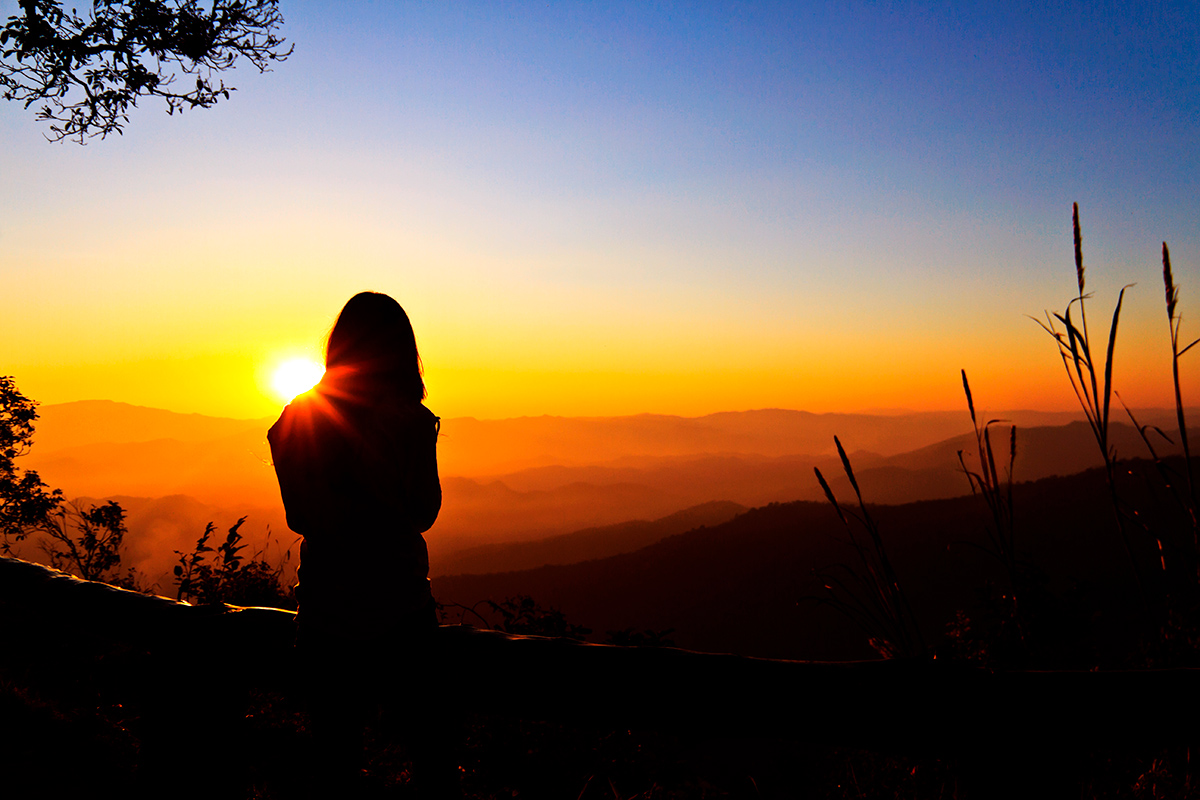
As I studied trauma therapy, I also learned about the concept of titration, going slowly and managing emotional processes in bite-size pieces small enough that they can be contained by our nervous systems. With titration, you build safety, touch into trauma but pull back if it’s too much for the nervous system to handle. And with that, I started to realize that in my earlier psychedelic work I had been doing the exact opposite of titration. I’d been blasting myself open and actually staying caught in a trauma cycle. Being—for example, in ceremonies with people screaming all around me was actually just overwhelming for my nervous system and was preventing me from being able to do the deeper work that I needed to do.
I’m so grateful for somatic practice because my psychedelic experiences were really ungrounded without it. I was chasing altered states as a means of chaos seeking, or alternatively as a means of spiritual bypass. And I now realize at the time I was also taking in a dominant narrative about how to use these substances. A lot of psychedelic research tends to overwhelmingly focus on ego-dissolving experiences, these kinds of cosmic- oneness experiences when we’re not connected to the body, and I think in part this tendency is because a lot of the writing in our field still comes from older, white men that tend to privilege mystical experience and bypass the body.
Also our understanding of trauma in neurobiology has vastly advanced since the ‘60s and ‘70s when therapy in psychedelic work both tended to explore catharsis and this idea that we have to break through repression. And while catharsis and ego-dissolving experiences have their place, what I’ve learned from my own experience and from witnessing other trauma survivors is that some of us actually need to rebuild our egos rather than shattering them.
Through somatic work I realized that my unconscious and my shadow really live in my body, and once I started studying through these somatic practices how I was dissociating, I realized how shockingly disconnected I’d been from bodies, especially my body, since I was quite young. I’d learned to dissociate at a very early age as a way of coping with extreme physical discomfort I had experienced, and I had turned, as others do, this abuse against myself into addiction.
Thankfully we’re learning more about how addiction is rooted in trauma, and there’s been a real failure until now in Western medicine to recognize this, and I have felt personally failed by that. Eating disorders specifically are rooted in trauma, very often, sexual trauma. And I’ve been learning about this from my colleagues who are developing a research study sponsored by MAPS to explore the potential of MDMA-assisted psychotherapy in the treatment of eating disorders. I’m really excited about what I think can be really groundbreaking work. So with somatics, all of my personal work gradually became about my own embodiment, and this has been a really slow process. I’ve been humbled again and again to be reminded that psychedelics are not a panacea and that healing developmental trauma takes a long time. It’s difficult work to become re-sensitized to the world and to learn to self-regulate.
Embodiment work begins with learning safety through relationship, and for me community, in particular healing friendships and healing partnerships, have been more influential than any therapeutic relationship. Throughout this process I began to think that if I had a trauma history without knowing it and was dissociated without knowing it, what might that say about the general public?
I’ve become really interested in looking at how trauma symptoms show up in our culture and how trauma awareness and trauma resolution play a part in collective healing. Psychedelics are repressed precisely because they teach us about trauma, and our culture has done a lot in our history to deny trauma, and we tend to look away from it and dissociate from it unless we absolutely have to look at it. It’s notable that it was only after the Vietnam War and the Civil Rights Movement that PTSD became an official diagnosis. And so now as a student of trauma work, I see trauma symptoms everywhere, in climate denial for example, which Benjamin White more aptly calls “climate dissociation.” Dissociation is a trauma response in which one leaves the body when experience is overwhelming. I’ve also been unpacking the relationship between dissociation and whiteness and privilege, and seeing privilege as this dissociative mechanism that protects people from dealing with their trauma or others’ trauma. And how do you work with someone who’s dissociated? Not by ideologies, or rationalizing, or yelling, but by beginning with safety, and relationship, and resource, and asking what they care about.
I really see that trauma work brings people out of old survival strategies and back to the body into the present, and in this way, healing trauma is a crucial task in the broader work of responding effectively to the needs of our time. And I really appreciated Eve Ensler this weekend telling us to trust our bodies. It’s that simple. I’ve become really interested in the work of people focused on the intersection of somatics and social justice, organizations such as
Generative Somatics and people such as
Resmaa Menakem who work specifically with racialized trauma in the body and explore how our bodies and bodily interactions are shaped by systems of oppression and how we tend to perpetuate those systems in our relationships. They also show us we have the power to reshape ourselves and to reshape our interactions. This is an important piece for me when it comes to thinking about ethics—understanding our bodies within the greater ecology of our relationships and understanding our cultural shaping. Working with trauma is complex and confronting because it asks us to face all the intricate connections of trauma stories, intergenerational trauma, the whole ecology of trauma, and how we participate in it.
Coming out of dissociation from being a victim of sexual trauma has also made me feel the abuses I’ve perpetuated against the Earth’s resources and the ways that I’ve been complicit with suffering, or blocked from empathy. So for practitioners of psychedelic work, how might the oppressive structures we unconsciously carry affect our ability to support the empowerment of someone in our care?
Kylea Taylor, author of
The Ethics of Caring, which is a really amazing book on the ethics of non-ordinary-state therapy, writes,
“We professionals are a combination of our programming by cultural paradigms and the deep self-reflective work we’ve done to discard whatever of the mainstream culture is not consonant with our authentic selves.” We have to work hard to see through and transform the oppressive structures underlying the systems that we’re working with.
I’ve been appreciating the way the author Ta-Nehisi Coates frames cultural semantics, that as a collection of living bodies, we actually have a collective cultural body, and the cultural body is also processing trauma, so we have to also work with this collective nervous system. He says that in effect we have to approach our activism, our cultural-body healing work with a somatic understanding of the world. It has become really important for me to think about that in movement work.
I’ll end by re-emphasizing the idea of titration I mentioned earlier, the importance of staying in relationship, staying kind and honoring the principle that growth happens when it can be held within the capacity of the nervous system. I want to express a lot of respect and gratitude to the people who have held these traditions alive for many generations in spite of colonization and to the lineage of underground practitioners who have also kept the flame alive, and to so many people who have dedicated decades to patiently working with the complex legal barriers to push these treatments and to make these treatments accessible to make it so much easier for young people like myself to join this work now. Thank you.
BIA: Thank you so much, Sarah. Before we open it up for questions and answers, I want to mention another minority we haven’t discussed, which, ironically, is something very dear to my heart, the LGBTQ community, which I’m part of. The Chacruna Institute organized a conference last June called
Queering Psychedelics which aimed to explore the intersections and overlaps between the queer movement and the psychedelic movement, both historically but also looking into native traditions and the idea of two spirits, and thinking on how psychedelic therapy or shamanism could help these special populations that often suffer high levels of depression, anxiety, body dysmorphia, addiction, and stress. We addressed such issues as the special needs of these populations and how psychedelics might help them, and what special contributions this community could make to the larger movement. It was a wonderful meeting, and we just published a document called
“10 Calls to Action Toward an LGBTQ-Affirmative Psychedelic Therapy” on our website, which I recommend highly.
I just also want to thank my wife: she has had a lot of patience because I took eight years to be able to say those words. It was a coming out for me as well, and I want to thank California because it’s much easier to be queer in California than in Brazil. I have a few cousins and aunts who voted for Bolsonaro who is incredibly homophobic among other problems; he makes make Trump look like a really nice guy. I think it’s very important that we embrace this topic of gender minorities and bring it to the heart of the psychedelic movement because it’s so overlooked. Very little attention is paid to this topic. So I want to invite you all to go to our website and read these materials.
I also want to share a story that illustrates what hard work we all have to do. We held an event called
Women in Psychedelics, and one of the participants said the N word. I did issue an apology, but it definitely was not strong enough a reaction, and Sarah Reed, who has been so generous in joining us here today, was very upset and left the event. We didn’t know each other at that point, but she was a guest at our event, and she wrote me a very nice email explaining why that incident was so upsetting, and I felt really bad. I reached out to Sara and to Monnica to ask for their help and guidance in figuring out how to address what had happened. After millions of zooms, emails, and phone calls, we ended up issuing two apologies, including a collective one on behalf of all of the women there because silence is compliance with white supremacy, and everybody was silent. Nobody said anything. And it has been a very tough process, and I got very upset a number of times, but my wonderful team and friends told me to hang in there. And a few months later we’re all here sitting on this panel talking about these critical issues. I’m sharing this personal experience to show how we can grow together, and that hard conversations can bring healing and advancement, and I’m so proud to have Sara and Monnica as new friends, and I’m so thankful that they so graciously accepted my invitation to participate in this panel.
AUDIENCE MEMBER (AM): What can be done to get more participants of color in psychedelic therapy treatment?
SARA: I hesitate because I think the way that the psychedelic-medicine field is now, it may actually be more harmful for people of color to participate. Unless there’s a critical examination and understanding of race and power and how they play out in psychedelic-assisted therapy specifically, the set and setting might just not be right for many people of color. And there are other impediments as well. There are so many barriers we have to break down. In many communities it’s not okay to ask for help. There’s not enough mental health literacy for black folks particularly. They often don’t understand their symptoms as trauma, for example, so education will have to be a huge part of the movement.
AM: How might specific communities be able to have more autonomy over their medicines and healing processes and have more of their own people become licensed or trained in how to do this well to overcome the strict, clinical barriers that are in place now.
MONNICA: Right now those who are being trained to be psychedelic therapists are a very exclusive group in a lot of ways. There isn’t a lot of representation of people of color, and so one of the things we’ve been passionate about is bringing in more people of color to get this training, so I can go into my community and have clinicians who are a part of my cultural group administer this therapy to me in a safe, familiar container, and right now that can’t happen. I don’t think that’s an unreasonable thing to ask for.
BIA: I want to say that in the ayahuasca world one of the main problems is that traditional networks of power and of authority are being dissolved. So traditionally shamana operated within a community with authority structures they had to answer to. With globalization and the explosion of ayahuasca use and tourism, this tends to be dissolved, and you have, for example, a lot of itinerant shamans who aren’t accountable to anyone. So I very much encourage people that want to get engaged in this phenomenon to create supportive communities. The commodification of ayahuasca is posing many challenges. We just put out a document called
Commodification of Ayahuasca: How Can We Do Better? One of our main recommendations is that people who want to use this medicine constructively should try to form communities around the medicine, communities that feature accountability and self-regulation.
SARAH: I just fully believe that certain kinds of community-based traumas, because they happen on a community level, are better held in community, and there are already examples of that in this work, and one that’s happening in a legal way is there’s a study at UCSF conducted by Brian Anderson called
Researching the Effects of Psilocybin-Assisted Therapy in Long-Term AIDS and HIV Survivors, and they’re actually doing group preparation and integration work so that these survivors can be in community with other survivors. And for certain conditions such as PTSD, it’s helpful to have someone who’s deeply trained to work with that kind of material.
AM (addressed to Monnica): What specific therapy would you recommend for sexual abusers?
MONNICA: That’s a really important question and a hard one because abusers are so stigmatized that often they can’t come for help, and often abusers were abused themselves. Abusers need help like everyone else, and I think it takes a special kind of person to work with an abuser, and at the same time I think we do need a shift in our social consciousness to allow us to also approach abusers with compassion so that they can get the healing that they need which will then help everyone.
BIA: We have to wrap it up, but thank you all so much for coming. This was a really great session. If you can, I urge you to support the work of the Chacruna Institute and of MAPS, which is on the frontlines of so much of this work.
*From the article here :
A stellar panel of figures at the cutting-edge of inclusivity advocacy in the psychedelic community share their perspectives.

bioneers.org
